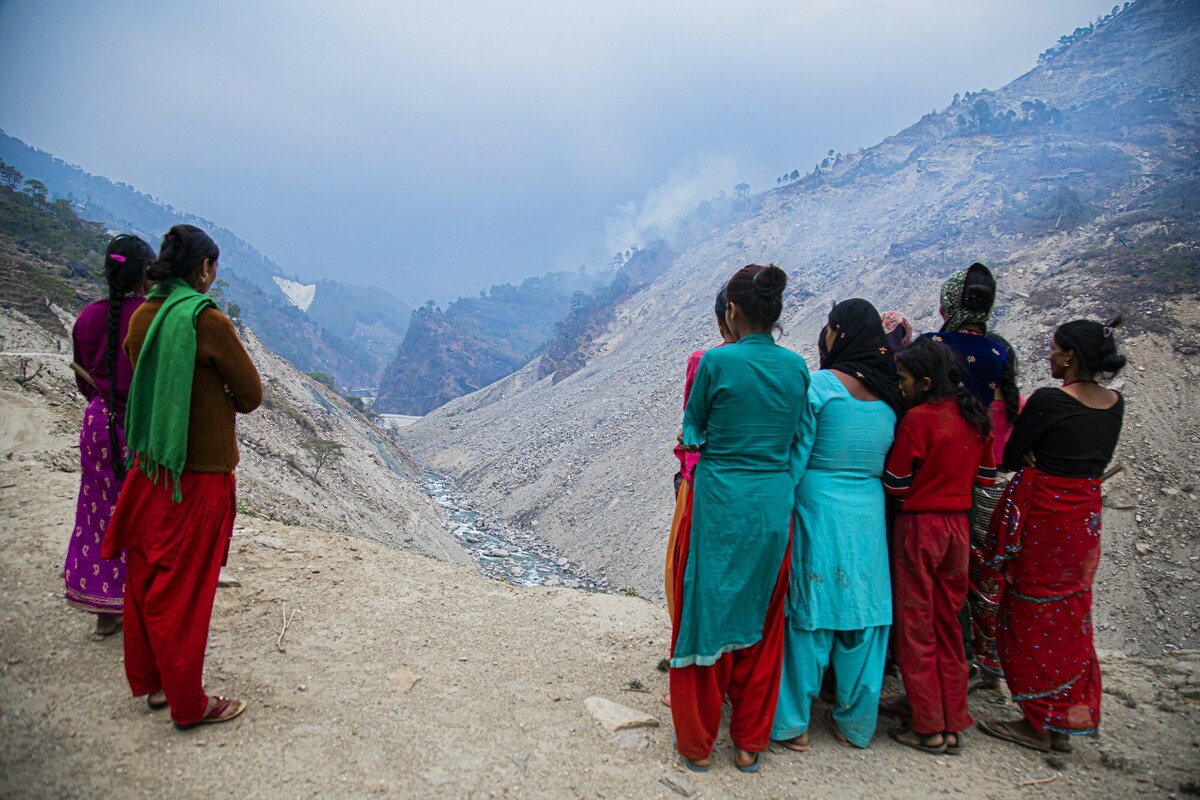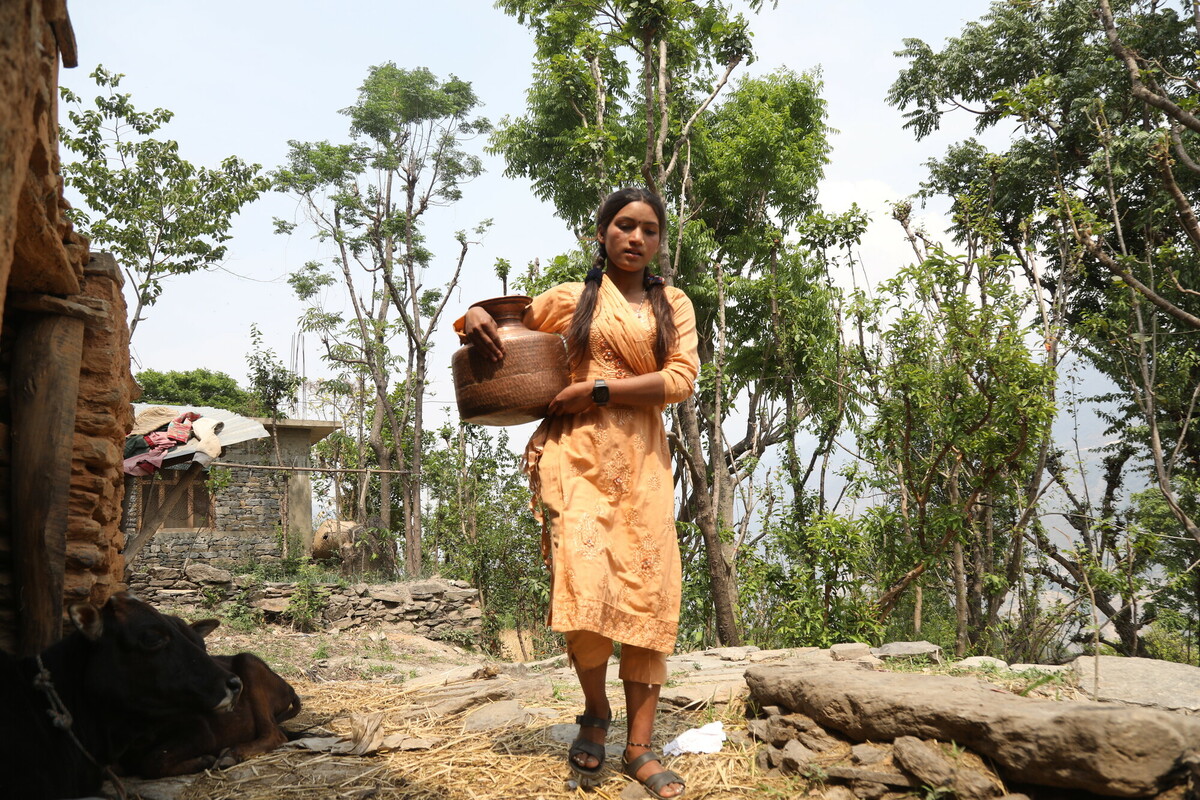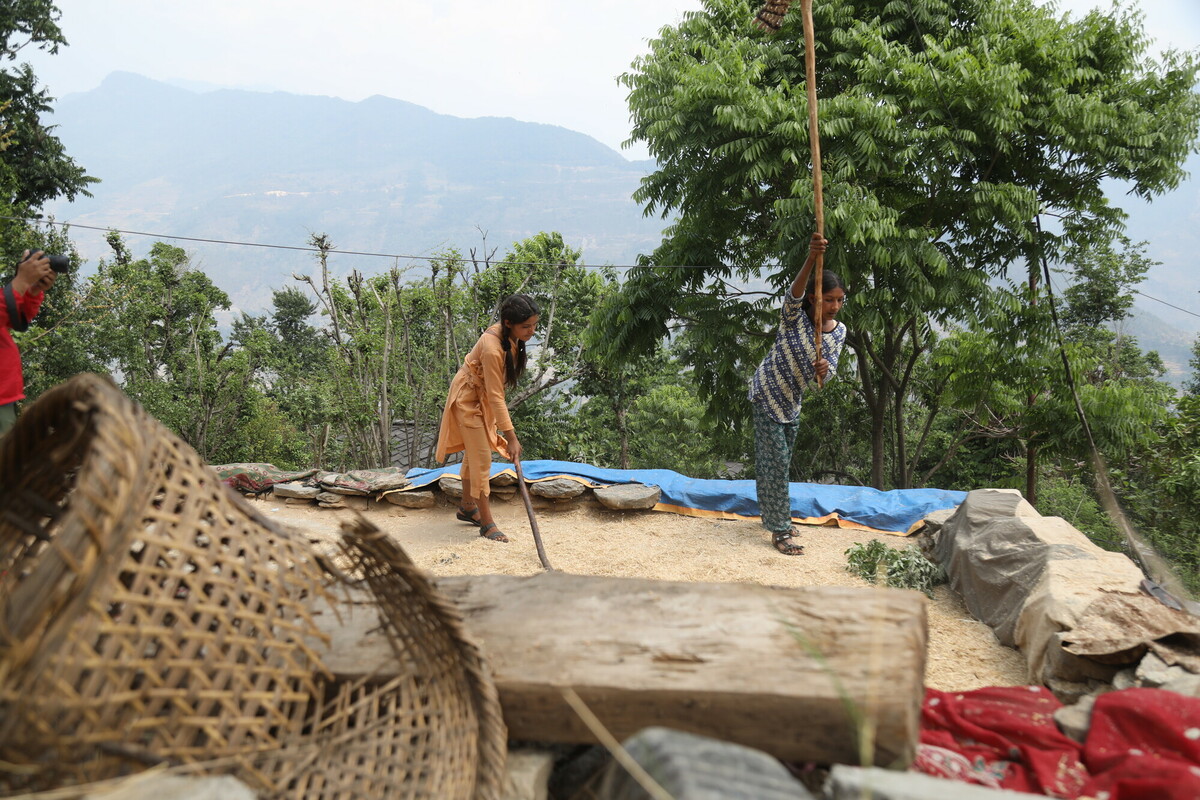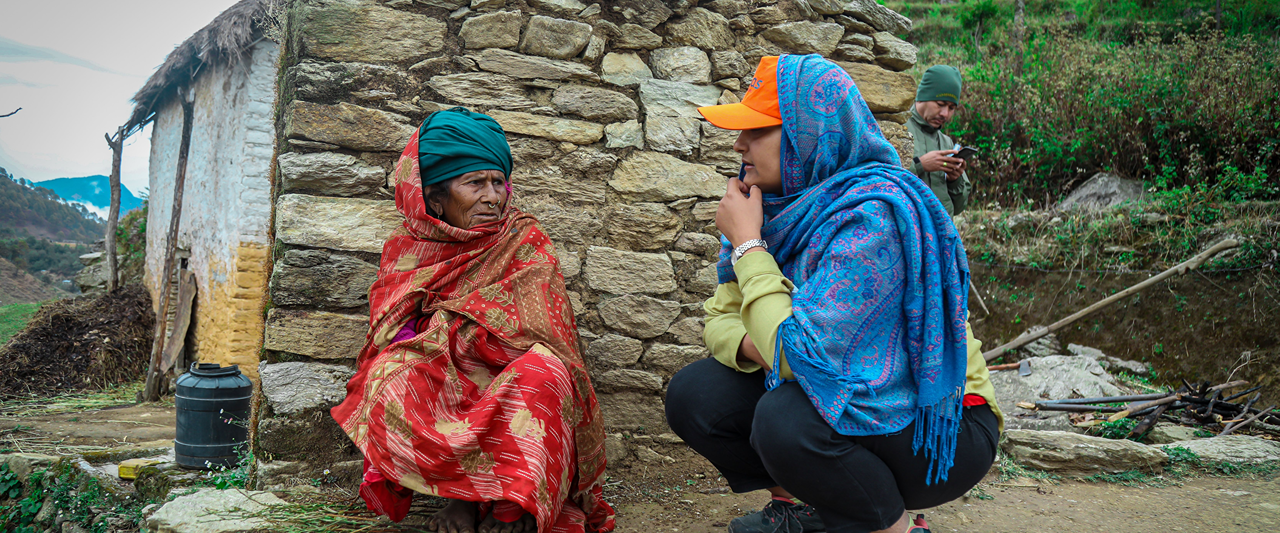Vulnerability in the face of climate change
How does climate change influence sexual and reproductive health?
This is one of the most frequently asked questions when people learn that climate change affects sexual and reproductive health. Most people in Nepal are unaware that climate change has an impact on their sexual health, and these issues are not of main concern to them.
Nepal, with its diverse ecosystems and intricate geography, ranks among the world’s most climate-vulnerable countries. Extreme weather events—those storms and floods that reshape lives—have left their mark here. Picture this: Nepal, nestled in the top 10 countries impacted by climate chaos between 2000 and 2019. But it’s not just about melting glaciers or shifting monsoons; it’s about how these changes ripple through communities.
The indigenous communities of Nepal, comprising 4,755 individuals, are deeply connected to their natural surroundings. Their livelihoods depend on agriculture and the delicate balance of natural resources. Yet, as climate change tightens its grip, these communities face unprecedented challenges. The rising temperatures, the heat waves, the drying water sources—they’re not just abstract concepts. They’re the threads that weave into the fabric of daily life.
A study conducted by Ipas Nepal, Perception of Climate Change Vulnerability and its Impact on Sexual and Reproductive Health and Rights in Khutiya and Banganga River Basins, highlights climate vulnerability among these communities and how it intersects with sexual and reproductive health and rights (SRHR).
Employing a mixed-methods approach, the study surveyed 384 women, conducted 12 group discussions, and facilitated 22 in-depth interviews—this data collection aimed to paint a vivid picture of the realities faced by women in these communities.

A changing climate
The findings are alarming. An overwhelming 88% of women reported experiencing hotter summers, while 53% noted colder winters. More concerning, 78% observed erratic rainfall patterns leading to devastating floods and landslides. These climate-induced events severely hamper access to healthcare, resulting in decreased maternal care, unintended pregnancies and, tragically, maternal and infant mortality.
“Rain does not fall during the monsoon season; last year, it occurred during the flowering season of paddy, causing all of the paddy to fall and get soaked in rainwater. The rain does not occur when needed in the month of Asadh/Shrawan,” lamented a woman from midstream, Banganga.
“The winter rainfall does not occur. As winter rain is delaying, the timing for wheat harvesting is also changing,” noted a participant from upstream, Khutiya.
Climate change isn’t just about weather patterns—it’s about survival. In the Khutiya basin, 93% of women observed delayed monsoons, forcing 100% of farmers to rely on irrigation pump sets. With unpredictable rainfall, crop production has plummeted, intensifying these communities’ daily struggles.
Women bear the brunt of these challenges. Displacement due to climate events has led to increased workloads, with 41% of women becoming household heads. They shoulder additional responsibilities such as childcare, cattle tending, collecting firewood (99%), and walking long distances for water (59%)—the arduous task of manually clearing invasive species further compounds their burden.
“More men go to foreign countries or city areas to support the livelihood of their family,” shared a participant from upstream, Khutiya.
“When the river enters the house, our workload increases as we need to carry the floodwater outside the house, and as the river washes the field, we have to clear the sand from the paddy and uproot the grasses from the field,” reported a woman from downstream, Khutiya.
Extreme weather events (such as landslides and floods) often disrupt health facilities and sexual and reproductive health and rights (SRHR) services, highlighting the need for climate-resilient infrastructure. The effect of climate change on women’s sexual and reproductive health is petrifying.
“Because of the workload, there are many cases of miscarriages in the community, and women face uterine prolapse,” shared a participant from midstream, Kailali.

The dark side of climate change: Food insecurity and violence
Climate change has also drastically reduced agricultural productivity, leading to severe food insecurity. Women reported that what was once sufficient for sale is now barely enough for household consumption.
“Production of crops was sufficient for selling purposes but now production has been reduced, making it difficult for household use also,” noted a participant from upstream, Khutiya.
Adding to their woes, women face heightened gender-based violence during and after disasters, encompassing domestic, sexual, societal, and financial abuse.
“Some abusers see the natural calamities as an opportunity to do sexual harassment,” reported a participant from downstream, Khutiya.
“Conflict arises at home during floods when resources are limited, leading to a disturbing environment within the house,” shared a participant from midstream, Khutiya.
These challenges, along with climate disasters, worsen mental health issues among women and girls.

Resilience and the road ahead
Despite these daunting challenges, the resilience of these women shines through. However, their struggle highlights the urgent need for climate adaptation plans that prioritize the needs and voices of women and girls. Ensuring access to contraception and safe abortion services during crises is crucial, as extreme weather events frequently disrupt health facilities and SRHR services. Building climate-resilient infrastructure and promoting gender equality are essential steps toward mitigating these impacts.
This study illustrates that climate change is not just an environmental issue—it’s a profound human rights challenge. Addressing it requires holistic solutions that empower Indigenous women, giving them a central role in crafting and implementing strategies that safeguard their health, rights, and futures.


